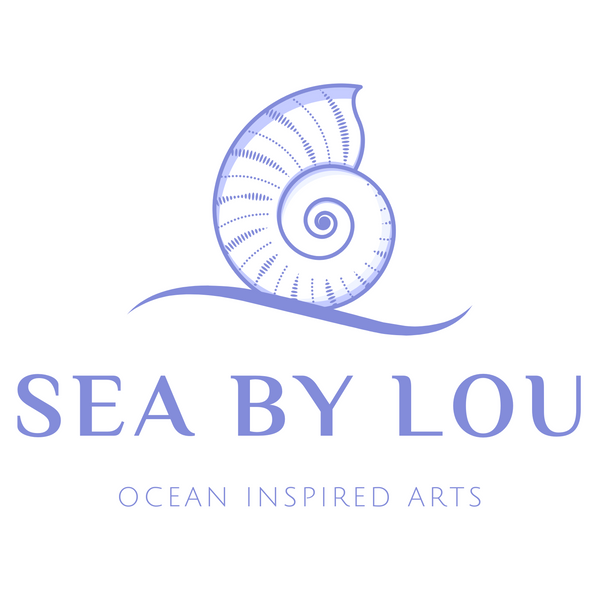
Sea Urchin Shells
Share
- Scientific name: Echinus esculentus, Paracentrotus lividus, Sphaerechinus granularis, Arbacia lixula
- Size: When intact 5 to 10 cm
- Color: Purple, green, lilac, white, blue greyish, yellow or reddish brown
- Family: Echinidae, Toxopneustidae, Parechinidae
- Fun fact: The animal is a gastronomic product that is also known as the ‘caviar português'.
You might have found small pieces of these colorful Sea Urchin shells washed up on the shore and been wondering: "What is this?". Or maybe you were lucky to find a complete and empty Sea Urchin shell without it's spines.
Now let's dive in and discover more about these pieces of shells with their dotted patterns and beautiful colors.

Appearance
Sea Urchin shells are the hard, calcareous structures that protect the soft body of Sea Urchin animal and help scare off predators with their sharp spines.
The shells are made up of interconnected plates, typically covered in spines, which vary in size, shape, and color depending on the species of Sea Urchin.
Most Sea Urchin shells pieces that I find are in colors ranging from vibrant purples, and greens to soft pinks, lilacs and whites. If you find a intact Sea Urchin, the sizes varies typically between 5-10 cm in diameter.
Shutterstock
Habitat
Sea Urchin shells can be found all over the world since there are a lot of species of Sea Urchins. In Portugal's waters a variety of Sea Urchin species inhabit.
Among the most common species are the Purple Sea Urchin (Paracentrotus lividus), the European Edible Sea Urchin (Echinus esculentus), Violet Sea Urchin (Sphaerechinus granularis) and the Black Sea Urchin (Arbacia lixula).
The difference between these species is mostly visible when they are still alive. The color and sizes of their spines will give a clue of what species of Sea Urchin it is. For example; the spines of the Black Sea Urchin are long, sharp and black colored.
The spines of the Purple Sea Urchin are sharp, long and usually purple but they can be dark brown or olive green too. The Violet Sea Urchin has short spines that are blunt and they have a beautiful violet color and with a white top. While the spines of the European Edible Sea Urchin are usually shorter, white and blunt ended.
Usually the purple and lilac colored Sea Urchin shells are from the Violet Sea Urchin or Purple Sea Urchin.
Each playing a unique role in the coastal ecosystem, from the rocky shores of the Algarve to the remote islands of the Azores. These Sea Urchins can be found tidal pools, rocky reefs, and seagrass meadows.


Sea urching anatomy with labels. Illustration by Erinlandry via Wikimedia Commons.
Ecological Significance
Sea Urchins play a vital role in maintaining the health and balance of marine ecosystems. As herbivores, they graze on algae and seaweed, helping to prevent overgrowth and maintain biodiversity in coastal habitats. In Portugal, Sea Urchins are particularly important in seagrass meadows, where their grazing behavior can influence the distribution of seagrass species and support a diverse array of marine life.
Beyond their beauty, Sea Urchin shell pieces also offer valuable insights into the natural world. Each shell fragment provides clues about the species of Sea Urchin from which it originated, as well as the ecological conditions of the places they inhabit.

Culinary Delights
Sea Urchin also hold cultural and culinary importance in Portugal. The Sea Urchin animal is a gastronomic product that is also known as the ‘caviar português’, but these Sea Urchins are consumed very little in Portugal nowadays. In areas of Viana do Castelo, Peniche and Ericeira, this is still a traditional product consumed on gastronomic marine festivals.
So if you ever find a piece of Sea Urchins on the beach, now you know more about it.
And remember, each fragment tells a story of its own and it's a reminder of the beauty of the ocean.
Here are some artworks created with Sea Urchins: click here


